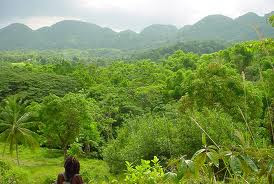Festival of Gold “Akshay Tritiya”

Festival of Gold “Akshay Tritiya” By Dr Arvind Kumar The word ‘Akshaya Tritiya’ now a days quite famous, by advertisement media is particularly considered auspicious day for buying long term assets like gold and silver, including ornaments made of the same; diamond and other precious stones, and also considered to deal with the real estates. This year akshaya tritiya falls on 24th April 2012. Akshaya Tritiya, also known as Akha Teej is a Hindu and Jain holy day, that falls on the third Tithi(Lunar day) of Bright Half (Shukla Paksha) of the pan-Indian month of Vaishakha . As per Hindus, this day is ruled by god Vishnu , the preserver-god in the Hindu Trinity . It is also traditionally celebrated as the birthday of the Hindu sage Parashurama , the sixth Avatar (incarnation) of the god Vishnu. According to Hindu mythology , on this day the Treta Yuga began and the river Ganges , the most sacred river of India, descended to the earth from the heaven. Every year, Akshaya tritiy...














